Top 10 Largest Cities in Illinois, Ranked by Population
Illinois and Its Urban Landscape
Illinois, the heartland of the Midwest, is a state with a rich tapestry of history, industry, and culture. Known as the "Land of Lincoln," Illinois blends vibrant metropolitan areas with serene rural landscapes. With a population exceeding 12 million as of 2025, it remains a vital economic and cultural hub in the United States.
The state is home to a variety of cities, ranging from global metropolises like Chicago to smaller, yet equally significant, urban centers such as Springfield and Champaign. Illinois’s cities have evolved in response to shifting demographics, economic opportunities, and infrastructural development.
In this article, we delve into the largest cities in Illinois, ranked by their population in 2025, and uncover the unique features that make each city stand out.
Top 10 Largest Cities in Illinois Ranked by Population (2025)
1. Chicago
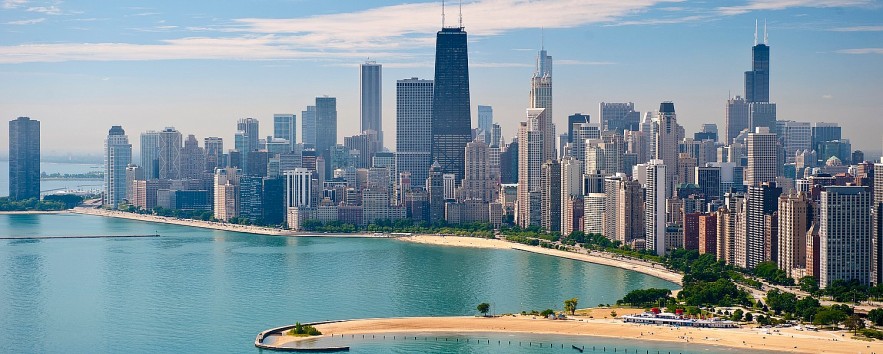 |
| Chicago |
- Population: ~2,730,000
Chicago, affectionately known as the Windy City, continues to reign as the largest city in Illinois and the third-largest in the United States. Located on the southwestern shores of Lake Michigan, Chicago is a global hub for finance, culture, and innovation.
The city boasts iconic landmarks like the Willis Tower, Millennium Park, and Navy Pier. In 2025, its diverse economy thrives on industries such as finance, healthcare, logistics, and technology. Chicago is also a cultural melting pot, with vibrant neighborhoods representing global communities and a rich history of music, particularly jazz and blues.
Why It’s Growing:
- Proximity to major transportation hubs.
- A diverse job market and world-class educational institutions like the University of Chicago and Northwestern University.
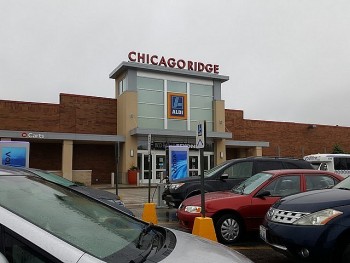 Top 10 Biggest Shopping Malls In Chicago for 2025 Top 10 Biggest Shopping Malls In Chicago for 2025 |
2. Aurora
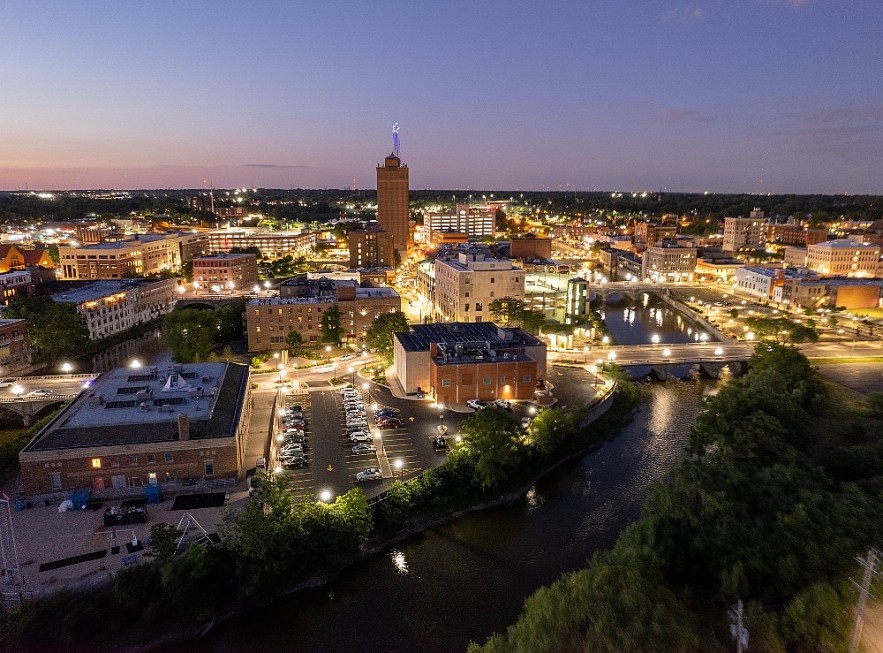 |
| Aurora |
- Population: ~205,000
Aurora, located about 40 miles west of Chicago, is Illinois’s second-largest city. Known as the "City of Lights," it has experienced steady growth thanks to its thriving local economy, family-friendly neighborhoods, and proximity to the Chicago metropolitan area.
Aurora is home to a burgeoning arts scene, highlighted by the Paramount Theatre, and offers a high quality of life with numerous parks, trails, and recreational facilities. Its downtown revitalization projects and emphasis on economic diversity have attracted new businesses and residents.
Key Drivers of Growth:
- Affordable housing options compared to Chicago.
- Proximity to tech and logistics industries.
3. Naperville
- Population: ~155,000
Naperville, consistently ranked among the best places to live in the U.S., combines suburban charm with urban sophistication. Located just 30 miles west of Chicago, the city is a hub for technology, education, and green living.
Naperville is renowned for its top-rated schools, extensive park systems, and the Riverwalk, a picturesque downtown feature that embodies the city’s focus on community and sustainability. Its strong economy, bolstered by technology firms and a dynamic retail sector, continues to attract professionals and families.
Highlights:
- Recognized as a hub for education and innovation.
- Low crime rates and excellent quality of life.
4. Joliet
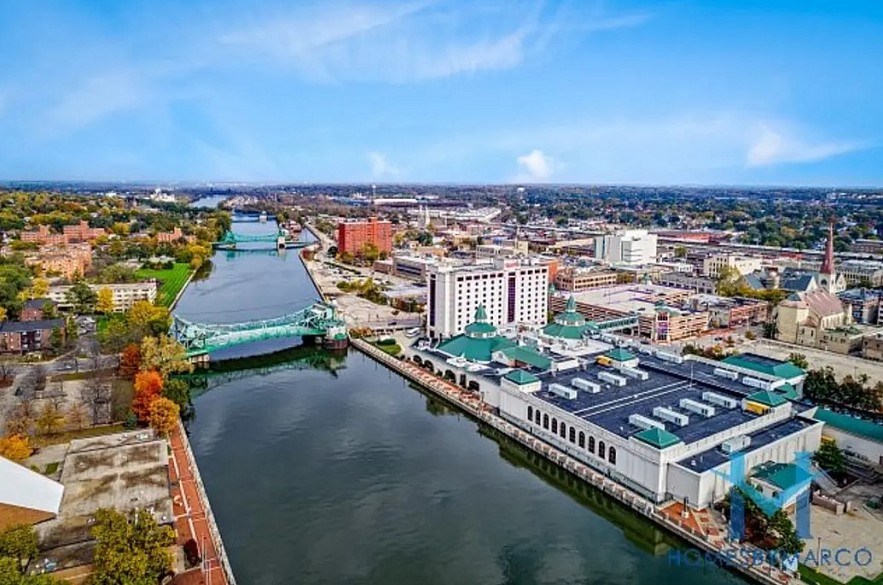 |
| Jolie City |
- Population: ~150,000
Joliet, strategically located southwest of Chicago, is a growing city with a strong industrial and transportation backbone. Its historical ties to railroads and manufacturing have expanded into modern logistics, positioning it as a key player in Illinois’s economy.
The city also offers cultural attractions like the Rialto Square Theatre and outdoor activities along the Des Plaines River. Joliet’s continued growth is fueled by its affordability and job opportunities in sectors like distribution and warehousing.
Economic Backbone:
- Major transportation and logistics center.
- Close proximity to Chicago and key interstate highways.
5. Rockford
- Population: ~145,000
Rockford, often called the “Forest City,” lies in northern Illinois and is the state’s fifth-largest city. Its historical roots in manufacturing have expanded to include healthcare, aerospace, and education.
The city is investing in revitalizing its downtown, with projects focusing on arts, entertainment, and housing. Rockford’s cultural landmarks, such as the Anderson Japanese Gardens and Burpee Museum of Natural History, contribute to its appeal.
Revitalization in Progress:
- Strong focus on attracting young professionals and entrepreneurs.
- Diversification into tech and service industries.
6. Springfield
- Population: ~115,000
Springfield, the state capital, is a city steeped in history, particularly as the home of Abraham Lincoln. The city attracts visitors from around the world to sites like the Lincoln Home National Historic Site and the Illinois State Museum.
Beyond its historical significance, Springfield is a hub for government services, healthcare, and education. It offers a slower pace of life compared to larger cities, making it an attractive option for families and retirees.
Distinct Features:
- Strong emphasis on preserving history.
- Diverse economy led by public services and healthcare.
7. Elgin
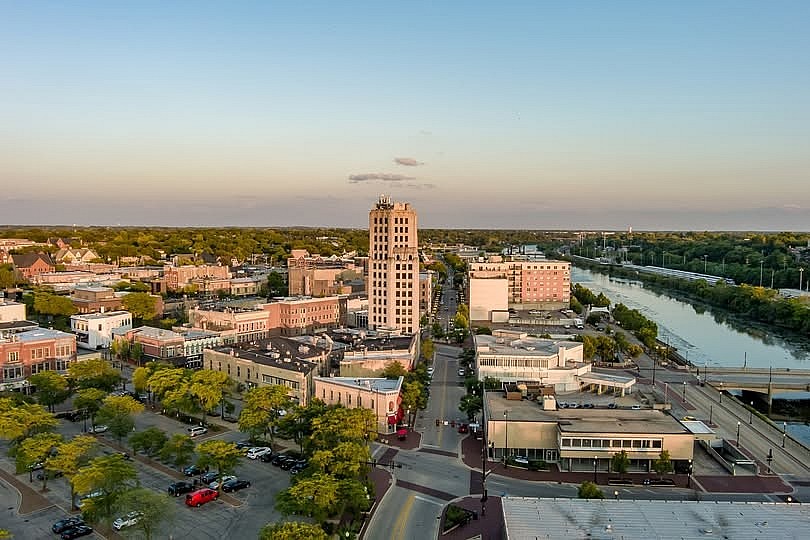 |
| Elgin |
- Population: ~112,000
Elgin, nestled along the Fox River, is growing due to its affordability and proximity to Chicago. The city has made strides in preserving its historic districts while encouraging new development.
Elgin is also known for its vibrant arts scene, with numerous theaters, galleries, and events that celebrate its cultural diversity. Its excellent public transport connections to Chicago make it a popular choice for commuters.
Why It’s Thriving:
- Affordable housing and a mix of urban and suburban lifestyles.
- Active community programs and events.
8. Peoria
- Population: ~111,000
Peoria, located along the Illinois River, has long been a key city for agriculture and manufacturing. It has diversified into healthcare, education, and technology, helping it maintain steady growth.
The city is home to Caterpillar Inc., a Fortune 500 company, and boasts a lively downtown area with cultural attractions like the Peoria Riverfront Museum and Caterpillar Visitors Center.
Economic Strength:
- Significant corporate presence and job opportunities.
- A focus on revitalizing its riverfront area.
9. Champaign
- Population: ~90,000
Champaign is a dynamic college town, home to the University of Illinois. Its economy is fueled by education, research, and technology. The city has a youthful energy, with a mix of students, professionals, and families contributing to its diverse culture.
The tech sector continues to grow in Champaign, making it an attractive destination for startups and innovators.
Notable Features:
- A thriving downtown with dining, arts, and entertainment.
- Cutting-edge research facilities at the University of Illinois.
10. Waukegan
- Population: ~87,000
Situated along Lake Michigan, Waukegan is a city with deep historical roots and modern ambitions. Redevelopment projects, particularly along the lakefront, are attracting new businesses and residents.
The city’s diverse population and cultural institutions, such as the Genesee Theatre, make it a vibrant and welcoming community.
Why It’s Growing:
- Proximity to Chicago and Milwaukee.
- Investments in infrastructure and housing.
In Conclusion
Illinois’s largest cities in 2025 showcase the state’s diversity and resilience. From Chicago’s global influence to the dynamic growth of suburbs like Aurora and Naperville, these cities offer a blend of opportunities, history, and modern living. As Illinois continues to adapt to changing demographics and economic trends, its urban centers remain integral to the state’s success.
FAQs
Q1: What is the fastest-growing city in Illinois?
A: Suburban areas like Aurora and Naperville are experiencing steady growth due to their affordable living and strong economies.
Q2: Why is Chicago the largest city in Illinois?
A: Chicago’s economic opportunities, cultural diversity, and global connectivity contribute to its position as the largest city in Illinois.
Q3: Which Illinois cities are known for their historical significance?
A: Springfield (state capital and Lincoln’s home) and Peoria (riverfront and manufacturing history) are notable for their rich history.
Q4: What industries drive Illinois’s urban growth?
A: Key industries include finance, technology, manufacturing, healthcare, and education.
Q5: Are Illinois’s cities good places to live in 2025?
A: Yes, cities like Naperville, Aurora, and Elgin consistently rank high for quality of life, safety, and economic opportunities.
 Who is JB Pritzker - the Governor of Illinois: Biography, Time Life, Career, Family and Profile Who is JB Pritzker - the Governor of Illinois: Biography, Time Life, Career, Family and Profile Governor JB Pritzker was sworn in as the 43rd governor of the state of Illinois on January 14, 2019 and won election with the ... |
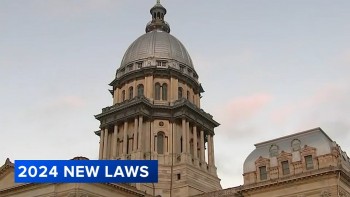 Top 21 Most Important New Laws Taking Effect In Illinois 2024 Top 21 Most Important New Laws Taking Effect In Illinois 2024 On January 1, more than 300 new regulations went into effect, including ones that forbade the banning of books, regulated "deepfake porn," and forbade driving ... |
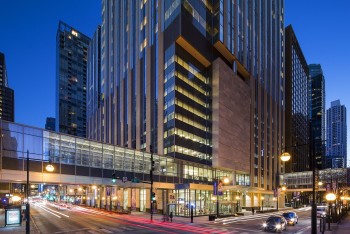 Top 10 Best Hospitals In Illinois 2024 by Healthgrades and U.S News Top 10 Best Hospitals In Illinois 2024 by Healthgrades and U.S News Illinois is home to several of the best hospitals in the country. Learn about US News and Health's 2024 rankings of Illinois' top 10 hospitals. |
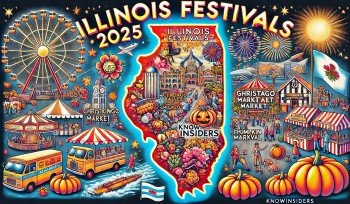 Discover Illinois Festivals 2025: A Year-Round Celebration of Culture, Music, and Heritage Discover Illinois Festivals 2025: A Year-Round Celebration of Culture, Music, and Heritage Here’s a comprehensive guide to the top festivals happening throughout the year in Illinois, ensuring every month offers something special. |


























